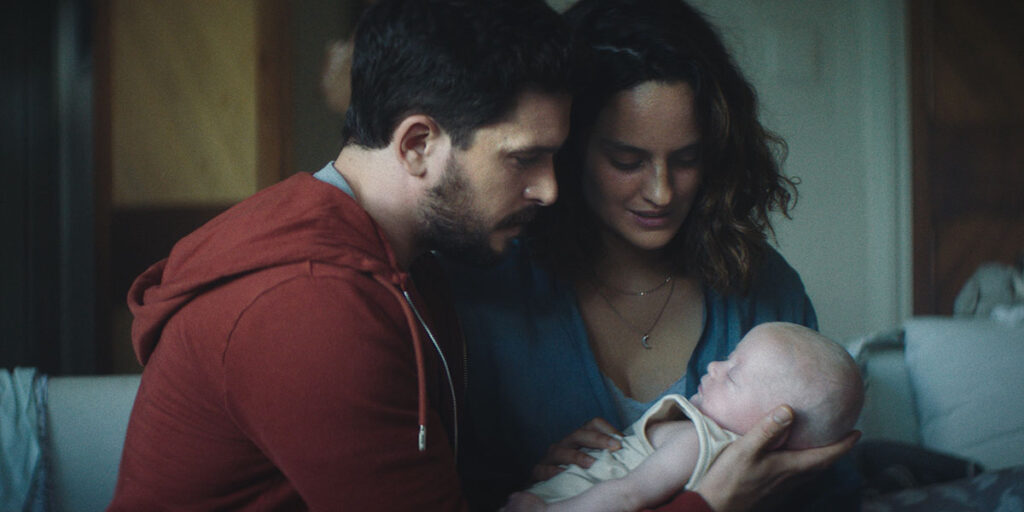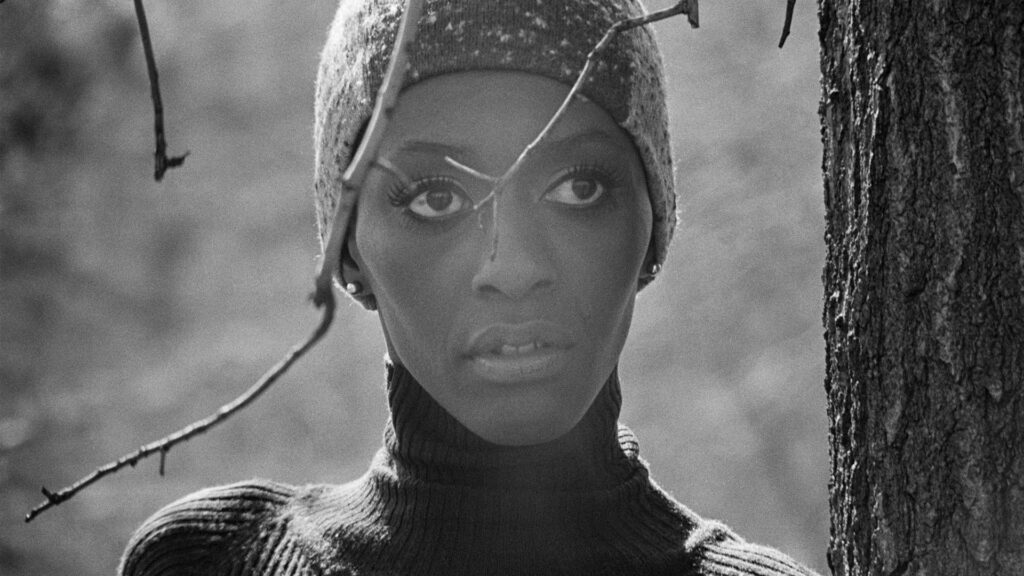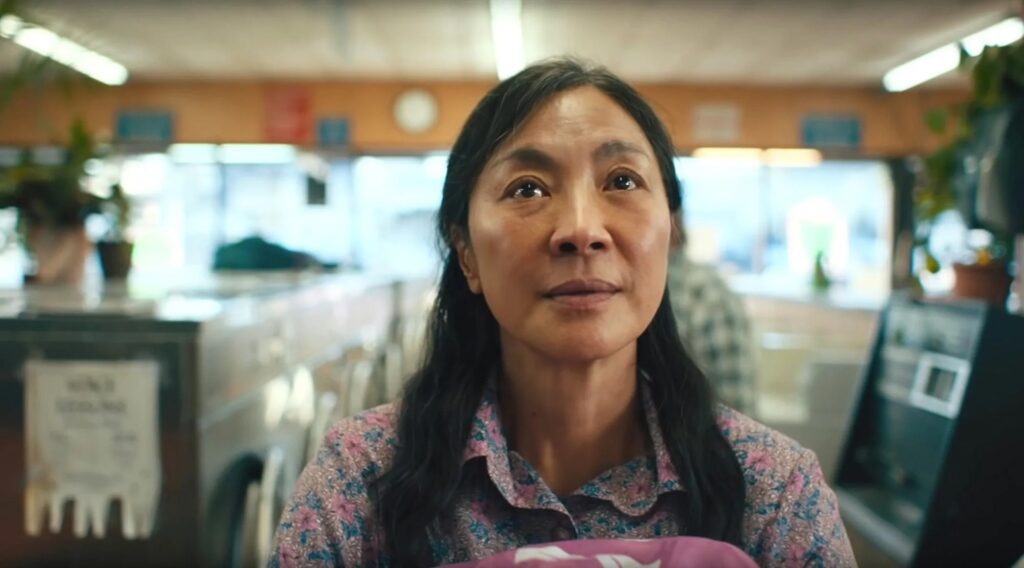In November 2016 in Washington, D.C., I caught a preview of Barry Jenkins’ soon-to-be Oscar-winning film “Moonlight.” This was way before White audiences had caught on to the movie, and those filling the seats were mostly Black, queer, and male. Following the screening, I overheard some of my fellow moviegoers express their disappointment that they didn’t get to see Black (Trevante Rhodes) and Kevin (André Holland) have sex on-screen. They wanted to see two Black men making love the way countless straight — and mostly White — couples have been portrayed for decades in film.
Just a month earlier, Culture writer Wesley Morris wrote these insightful words in the New York Times Magazine: “The history of American popular culture is an immersion in, if not loving white people, then knowing that white people can love. There’s been no comparably robust black equivalent. But there is a recent history of black people daring to create one.”
Two years later, in Barry Jenkins’ third feature, “If Beale Street Could Talk,” I watched as two young Black lovers figured out what to do with their bodies the first time they slept together. You could have easily mistook me for an audience member in a standard action flick — I watched as raptly as if I were reacting to a gun-wielding assailant who had just appeared on-screen out of nowhere. I am not much of a romantic, but I had never seen a love scene with characters like these filmed with such vulnerability and raw beauty. It was uncomfortable — my heart was beating fast — but it also felt like an opening, like my heart was flying outside my chest.
“If Beale Street Could Talk” — which opened December 14 — takes us inside the relationship of Clementine “Tish” Rivers (KiKi Layne) and Alonzo “Fonny” Hunt (Stephan James), two young lovers whose engagement is complicated when Fonny is falsely accused and imprisoned for rape. The first film adaptation of a work of fiction by the literary giant James Baldwin, the film portrays the sublime and painful realities of what being in love is like as a young Black, working-class couple in 1970s Harlem.
As Jenkins writes on Esquire.com, an “aesthetic of the ecstatic” carries a purposefully “saccharine” tone throughout the film. But it is the love scenes in particular, matched with Layne’s endearing ability to embody both girl and woman in equal measure, that feel especially emblematic of Jenkins’ ability to, in his words, “activate empathy” for Black characters in the hearts and minds of audiences.
In “If Beale Street Could Talk” Jenkins and his cinematographer, James Laxton, deliver a master class in how to shoot women in sex scenes. This is Tish’s first time. She is vulnerable, but she’s still portrayed as a subject, not an object. By shooting from Tish’s gaze, her reactions to Fonny leading the way through the scene are prioritized. Tish’s naked body is not offered up to shock, titillate, or even to necessarily entertain us, but to more deeply embody the intimacy between her and Fonny.
The turning point in the scene is when Fonny puts on the record player. Jenkins maintains an at times achingly slow pace through unwavering close ups that steadily push further and further in, ensuring we get to witness Tish’s point-of-view, not just Fonny’s. We follow Tish’s gaze as Fonny takes off his pants and pauses there with her looking at him across the tiny room. The scene plays to Tish’s desire. As he walks back to the bed, we understand that she wants this man. It’s not him pressuring her to do something she doesn’t want to do. Up until that point, Tish doesn’t say much and we are not sure how she feels about all this. She is definitely following Fonny’s lead, and we wonder how this is going to go. Is she really ready? Is this what she truly wants? That’s why the camera staying with her gaze when Fonny walks back to the bed from the record player feels crucial: we feel that moment of mutuality, consent that lives comfortably inside of desire. Her half surprised moan as he enters her makes us feel like we’re in bed with them.
“Beale Street” goes on to depict the sexual encounter between the couple that results in them conceiving a child. The entire scene is shot with Tish’s face in focus. We see Tish’s passionate facial expression, her fingers grasping Fonny’s back. Fonny is giving her his full weight, and they look glued together. We hear the pleasure in her breathing as she climaxes. This is about her and Fonny’s connection as soul mates, yes — but it’s also about Tish experiencing sexual pleasure and her emergence into womanhood.
During these lovemaking scenes, I kept wanting to look away, like I shouldn’t be seeing it because it felt too private, as if my gaze as a viewer was an invasion. I held my breath with the same intensity as if watching a car chase. The focus on Tish and those direct-to-camera shots of actors’ faces that punctuate the visual language of both “Moonlight” and “If Beale Street Could Talk” elevate Jenkins’ films from voyeurism to compassionate witness. This ability to make audiences lean into intimacy in spite of ourselves while at the same time being hyperaware that being asked to lean into on-screen intimacy like this is unfamiliar, is something we can now, three features in, squarely identify as Jenkinsian. We are meant to sit inside of those private moments and the feelings they evoke for a little while — or an eternity — and truly connect with Tish and Fonny. It is something that we rarely encounter in major feature films — especially with characters who are Black, working-class, and female — and it is thrilling.
My favorite sequence in “Beale Street” is when Tish comes home from work hugely pregnant, clearly nearing her due date. Alone, she sits in a chair in the middle of Fonny’s tiny apartment. She’s wearing red and green plaid, and her face glows under a yellow light. A part of her is at peace there, yet she also looks worried. She’s at home, but she cannot rest, because Fonny isn’t there. This leads into a flashback to the culminating scene in the film where Tish and Fonny celebrate finally getting a landlord to rent them their first apartment as a couple on the Lower Eastside. In flashback, the scene features a psychedelic blowout of color. Then we are submerged in what looks like an ocean, and is slowly revealed to be the tub in which Tish is giving birth. We follow the baby as it emerges out of the tub and into Tish’s arms. With Tish’s doting mother, Sharon (played by the masterful Regina King), in the background, we can’t help but relish this triumphant, well-earned moment of beauty in Tish (and Fonny’s) world.
It’s not hard to fall in love with Tish, but it is significant that we leave the film totally endeared to her. We start the film thinking she’s this meek, delicate girl whom Fonny has to protect, whom we want to protect, then gradually we get to see that she’s also incredibly courageous when it comes to defending the people she loves, not to mention adept at navigating the unspoken constraints of the high-end department store where she works. In the final scene of the movie, we get to see a more mature Tish, one who appears to be successfully coping with raising a son while his father — by now we understand that he is also her soul mate — is locked up for a crime he didn’t commit.
As writer Valerie Complex astutely pointed out on Twitter after the world premiere of “Beale Street” at the 2018 Toronto International Film Festival, it’s mystifying that more than a few of the cadre of mostly White male critics focused their reviews on Fonny’s justified plight, missing that Tish is actually the main driver of this story. This includes one reviewer who barely mentions Tish in his review, except to reductively describe her as a poor woman with a baby daddy. Writing about Tish as if she is a supporting character is the kind of erasure that’s all too common in film criticism and yet another example of why Hollywood needs more film critics who are not straight White men.
But in the end, what makes “If Beale Street Could Talk” stand out is that we get to deeply empathize with a young Black woman finding her voice and expressing her vulnerability in a world that doesn’t want her do either of these things. Tish is the hero who saves the day, but she’s not some otherworldly figure we can easily distance ourselves from: she is an ordinary woman from an extraordinary family, and we feel lucky to get to walk alongside her in a film that allows her to truly be seen.
Beandrea July (@beandreadotcom) interned at Women and Hollywood in 2018. She is based in Los Angeles and writes scripted drama and cultural criticism.







